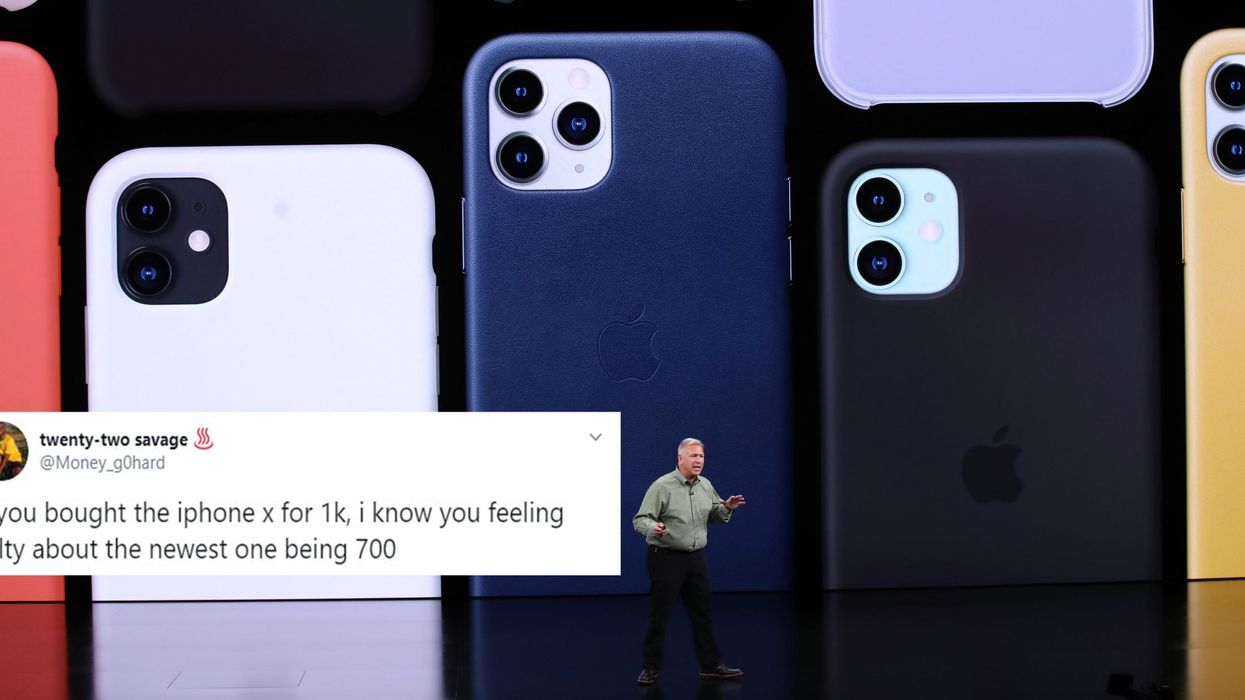The iPhone 11 is not quite as cheap as Apple wants you to think it is.
On Tuesday, the technology giant announced its latest smartphone, the iPhone 11, had a starting price of £729 – a major drop from the £1,000 price for the iPhone X and XS.
However, before you get too excited about saving £300, there's a catch.
Like most new iPhone models, the 11 comes with improved graphics performance, faster processing and a better camera than its previous model.
But here's the problem...
Although the iPhone 11 might sound like the XS’s replacement, it isn’t correct to equate the two products.
The 11 is actually the replacement for last year’s XR, a “budget” iPhone which used to cost £749 in the UK.
The new flagship phone is the iPhone 11 Pro, which comes with the much-discussed triple camera and £1,049 price tag.
So you are getting a price cut with the new iPhone 11 - it's just that the cut is closer to £20 rather than £300.
The specifications for the XR and 11 show why it is better to compare those two products than the XS.
For example:
- Both the 11 and XR have the same type of screen (a Liquid Retina HD) and are the same size (6.1 inches).
- The 11 is made from glass and aluminium (just like the XR was), while the 11 Pro is made from stainless steel (just like the XS).
- The iPhone 11 camera has two sensors, compared to the 11 Pro’s three - while the XR had a single camera sensor, compared to the XS’ dual sensor.
Most tellingly, the iPhone XR does not have an explicit budget replacement.
That’s because the 11 is actually the new cheaper iPhone - albeit with a name that implies it’s the flagship product.
If nothing else, that should be a consolation to anyone who feels ripped off by paying £1,000 for the iPhone X last year.
HT: Business Insider
More: Apple's newest iPhone design has inspired a lot of jokes














